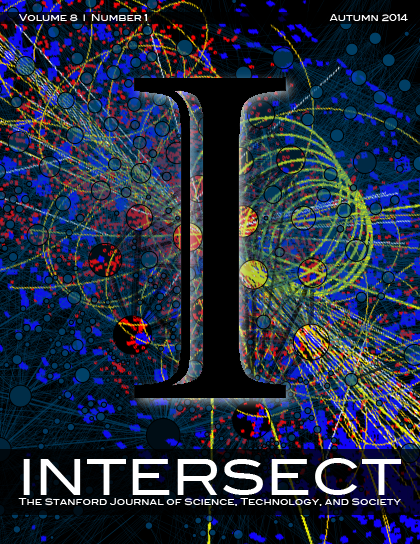Land Access and Associated Factors in Densely and Sparsely Populated Areas: Mvomero District Tanzania
Keywords:
Land access, densely populated areas, sparsely populated areas, land access variables Rural Tanzania.Abstract
Abstract
Ending the vicious circle of poverty and natural resources degradation by ensuring rural people's secure access to land is a global challenge. Although tenure security and processes of deriving a living from land are important measures of secure land access, available studies have given them less attention. This study was conducted in Morogoro region of Tanzania from 267 households to explore on the means and processes through which farmers derive a living from land. The study employed a cross sectional design to collect qualitative and quantitative data. Analysis of qualitative data was through content and quantitative data used descriptive and inferential statistics employing SPSS. Results show that regardless of population density, mainly households acquire farmlands through inheritance and purchase, but the access is compromised by , insecure land rights, monetary poverty, soil infertility, and non compliance to land law thus encouraging land grabbing. Households cope with shortage of land through trekking up to six hours, cultivating up to eight tiny scattered plots and migrating seasonally. Binary Logistic Regression analysis revealed that high income, productive assets and location significantly statistically influenced land access (p < 0.05). The study concluded that formal land rights, high income and valuable assets, as well as compliance to statute and settlement of migrants/ long trekkers could enhance secure access to land. The study therefore, recommends that the government should speed the land rights formalization process, enforcement land law and development practitioners should invest in income generating projects
Key terms; Land access, densely populated areas, sparsely populated areas, land access variables Rural Tanzania.
Downloads
Additional Files
Published
Issue
Section
License
Authors who publish with this journal agree to the following terms:- Authors retain copyright and grant the journal right of first publication with the work simultaneously licensed under a Creative Commons Attribution License that allows others to share the work with an acknowledgement of the work's authorship and initial publication in this journal.
- Authors are able to enter into separate, additional contractual arrangements for the non-exclusive distribution of the journal's published version of the work (e.g., post it to an institutional repository or publish it in a book), with an acknowledgement of its initial publication in this journal.
- Authors are permitted and encouraged to post their work online (e.g., in institutional repositories or on their website) prior to and during the submission process, as it can lead to productive exchanges, as well as earlier and greater citation of published work (See The Effect of Open Access).

